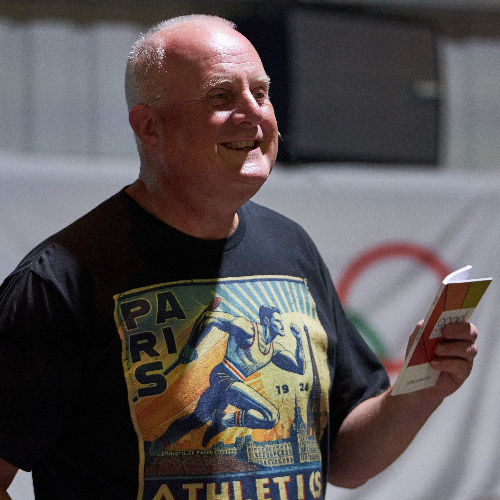-
'i Believe'
Contributed by Gordon Curley on Oct 15, 2018 (message contributor)
Summary: ‘I believe’ – 1 Timothy chapter 3 verse 16 – Sermon by Gordon Curley. PowerPoint slides to accompany this talk are available on request – email: gcurley@gcurley.info
SERMON OUTLINE:
(1). Incarnation
(2). Vindication
(3). Visualisation
(4). Proclamation
(5). Confession
(6). Ascension
SERMON BODY:
Ill:
• The 1993 film Schindler's List;
• Chronicled the heroic efforts of Czech born businessman Oskar Schindler,
• Who tried to make his fortune during the Second World War.
• When Schindler found out what was happening to the Jews at Auschwitz,
• He began a systematic effort to save as many Jews as he could.
• He discovered that for money,
• He could buy Jews to work in his factory,
• Which was supposed to be a part of the military machine of Germany.
• His plan was simple:
• On one hand he was buying as many Jews as he could,
• And on the other hand;
• He was deliberately sabotaging the ammunition produced in his factory.
• Schindler was able to save the lives of more than a 1000 mostly Polish-Jewish refugees,
• From the Holocaust.
• He entered the war as a financially wealthy industrialist;
• By the end of the war, he was basically financially bankrupt.
• The most emotional scene of the film;
• When the Germans surrendered,
• Schindler met with his Jewish workers;
• And declared that at midnight they were all free to go.
• when Schindler said good-bye to the financial manager of the plant,
• A Jew and his good and trusted friend.
• As he embraced his friend, Schindler sobbed and said,
• "I could have done more."
• He looked at his automobile and asked,
• "Why did I save this? I could have bought 10 Jews with this."
• Taking another small possession he cried,
• "This would have saved another one. Why didn't I do more?"
• TRANSITION: When it comes to the God of the Bible,
• When it comes to his plan of salvation,
• Please note, that God "Could NOT have done anymore."
• It cost him everything!
• He gave ‘his one and only son’ the price was great!
• And amazingly he was willing to pay it!
• We read together the words of a hymn that the early Church sang together.
• We have no idea what tune was;
• But we do have the content which is the most important part of this hymn/song.
The technical term for this hymn/song is a creed:
• The word 'Creed' is derived from the Latin word ‘credo’, meaning 'I believe'.
• And Creeds were a summary of belief.
• They were particularly needed at the beginning Christianity;
• When the New Testament was not yet completed as a Cannon,
• Or it was unavailable for people to read.
• The most famous creeds were forged by the early church.
• They helped to establish what Christians believed;
• They also were safeguards that help to refute false-teaching and error.
Now in 1 Timothy chapter 3 verse 16:
• We have an early creed/hymn of the early Church;
• It is a concise statement of what Christians believe.
• And it helps all believers to formulate a clear confession of faith;
Note:
• This Greek word translated into English as ‘mystery’.
• Does not mean a riddle that you have to puzzle over.
• In fact the very opposite:
• ‘Mystery’ refers to something that was hid but has now been revealed.
• And the mystery of godliness is no longer a mystery!
• The mystery of godliness is JESUS CHRIST!
• i.e. To those who lived B.C. (Before Christ)
• They found that Jesus was hidden to them;
• It was hidden in symbolism, in types and shadows.
• And by faith they had to look forward to the Messiah’s arrival.
• ill: For them it was like looking at a bunch of individual pieces of a jigsaw;
• They got insights and lots of clues but never saw the completed picture;
• They only ever saw small sections.
• We however live in A.D. (The term ‘Anno Domini’ is Medieval Latin,
• Translated as ‘In the year of the Lord’);
• To us he is no longer a mystery but has been revealed to our world!
• In the New Testament we see the completed picture!
Now in this hymn we have six unfolding's of the mystery of Jesus:
• In other words we have six unique truths about Jesus:
• Six great theological statements regarding Jesus Christ.
• Notice: that the hymn divides into three couplets of two lines each.
• These are contrasting truths about Jesus,
• In complimentary pairs.
• In fact they are a mixture of the visible and the invisible;
• The first pair:
• Visible: He appeared in the flesh.
• Invisible: He was vindicated by the Spirit.
• The second pair:
• Visible: He was seen by angels.

 Sermon Central
Sermon Central



